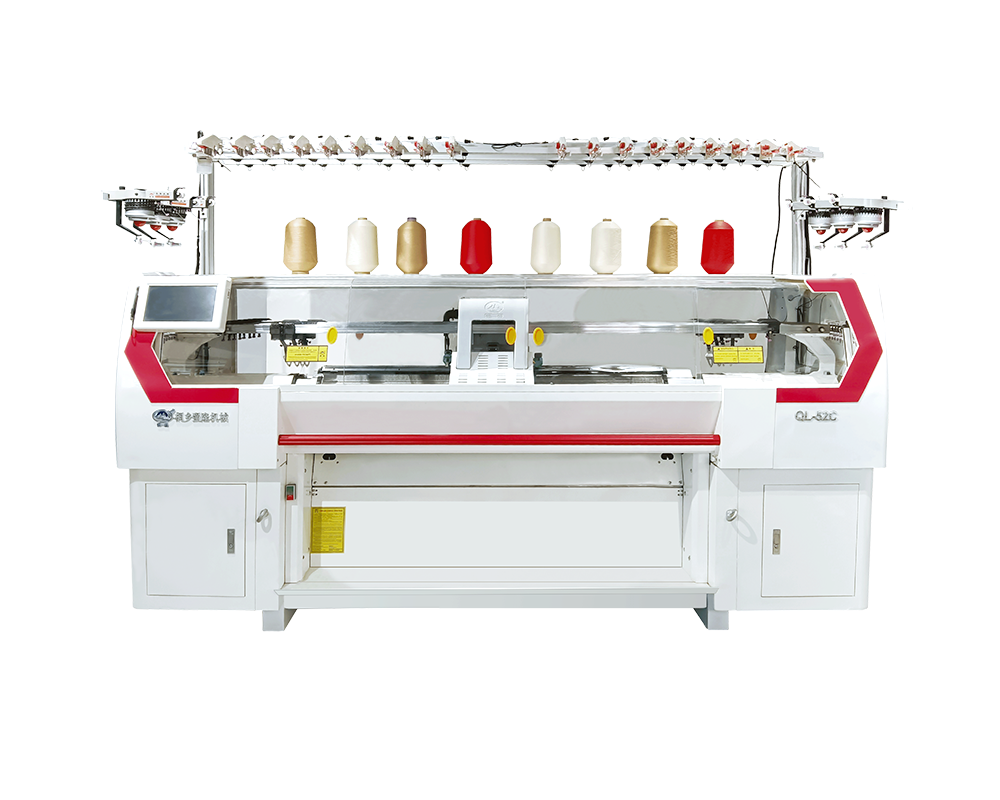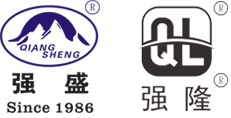Tongxiang Qianglong Machinery Co., Ltd. is high-tech China wholesale computerized flat knitting machine manufacturers, specialized in designing, developing, and manufacturing Knitting Machinery..
The key features and specifications of a 3D Flyknit knitting machine can vary depending on the manufacturer and model. However, there are common characteristics and functionalities that are typically associated with these machines. Here are some key features and
specifications:
Seamless Knitting: 3D Flyknit machines are designed to produce seamless textiles and garments. This is achieved through the use of advanced knitting techniques that eliminate the need for traditional stitching.
Computerized and Digital Control: These machines are often computerized, allowing for precise control over the knitting process. Digital programming enables the creation of intricate patterns and designs.

Multi-Axis Knitting: Many 3D Flyknit machines have the capability to knit in multiple directions or axes. This allows for the creation of complex three-dimensional shapes and structures.
Material Compatibility: These machines can work with a variety of materials, including traditional yarns, synthetic fibers, and specialty materials like elastane, spandex, or high-performance fibers.
Customization Capabilities: The ability to customize designs is a key feature. Users can input digital patterns and specifications to create personalized and unique textiles.
High Production Speed: 3D Flyknit technology often enables faster production compared to traditional knitting methods. The automated nature of the machines contributes to increased efficiency.
Variable Stitch Density: The machines may allow for the adjustment of stitch density, offering flexibility in creating fabrics with different thicknesses and textures.
Real-time Monitoring and Quality Control: Some 3D Flyknit machines are equipped with sensors and monitoring systems to ensure the quality of the knitted products. Real-time feedback can be used for quality control during the production process.
Compatibility with CAD Software: Integration with Computer-Aided Design (CAD) software is common, enabling designers to create and transfer digital designs directly to the knitting machine.
Adaptability to Industry Needs: Depending on the intended application, 3D Flyknit machines may have specific features tailored to different industries, such as fashion, sportswear, automotive, or medical textiles.
Energy Efficiency: Manufacturers may design these machines with energy-efficient components and processes, aligning with sustainability goals.
User-Friendly Interface: The machine's control interface is designed to be user-friendly, allowing operators to set parameters, monitor the production process, and troubleshoot efficiently.

 English
English 简体中文
简体中文
 Chinese
Chinese English
English











